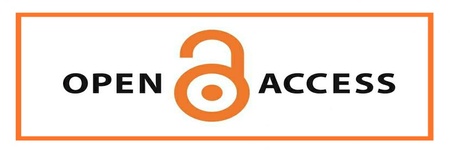BHAND PATHER: A HISTORICAL PERSPECTIVE AND FUTURE PROSPECTS
Keywords:
Communication,, Bhand Pather, History, Kashmir, Folklore.Abstract
Bhand Pather is one of the oldest folk theatre forms in Kashmir which has been practiced for over two centuries. It is a mix of dance, music and satire talking about the ruling class, religious issues and issues related to common masses. Bhand Pather is the combination of two Sanskrit words Bhand and Pather , Bhand means –jester and Pather means –dramatic personnel. It has been the major sources of entertainment and information for ages in Kashmir. The Bhands receive training from their family heads and the traits of art are transmitted from generation to generation. It has been intrinsic to the popular culture, public discourse, political debate and the social fabric of the people of Kashmir. Serving as the primary source of information about the state of affairs for the common people, it is perhaps one of the earliest forms of mass communication in Kashmir. At present, this form of traditional media is gradually losing its presence and influence in Kashmir after the government schemes for Bhands have sanitized their performances as relics relegated to government functions as empty cultural artifacts. The eroticization of this folk media has distanced it from its roots making people forget this indigenous art as an important part of Kashmiri culture. Bhand Pather is not only an important folk theatre form that needs preservation, but it is an extensive repertoire of the checkered history of Kashmir. The present state of Bhand Pather reveals that this folk form is dying an untimely death and there is an immediate need for its preservation and promotion. Apart from archiving there is a need to work on its script so that it fits the contemporary times. This paper attempts to give the historical perspective of Bhand Pather, its present status and future prospects for its preservation.
Downloads
Downloads
Published
How to Cite
Issue
Section
License
Copyright (c) 2024 shahi shaika

This work is licensed under a Creative Commons Attribution-NonCommercial 4.0 International License.








